Looking back now, it seems strange that it even happened.
The so-called “Cinderella” curfew required Inverness pubs and nightclubs to ban anyone from entering after midnight.
On the back of a rise in antisocial behaviour there were fears that drunk, aggressive young people roaming the streets on their way to the next pub was a disaster waiting to happen.
Something needed to be done.
And so, the Inverness curfew was born.
It was never plain sailing. And over time, dissent about the rule grew.
Who wanted the curfew introduced?
It was introduced in 2003 – the same year the nightlife scene took a huge step forward when clubs were finally allowed to extend their opening hours until 3am.
But as a generation of young Invernessians fled the nest and sampled the nightlife of a new city, they realised that the same archaic rules didn’t apply elsewhere.
That created a movement.
A petition calling for the curfew to be scrapped was created by Graeme Mackay, a 22-year-old Highlander who was now living in Glasgow, and it gathered more than 2,000 signatures.
There was clear momentum for change. But on the other side, there were some heavyweights.
The police, for one.
Northern Constabulary wanted the rule kept in place and were issuing stark warnings about what would happen if it didn’t.
According to senior officers, the curfew had helped slash the level of violence and disorder on the streets of the Highland capital by a third.
Why was the curfew introduced?
John McDonald served as a police officer for more than 30 years and is now the community safety manager for Inverness Bid.
He recalls the clamour for something to be done about city centre disorder before the curfew started in 2003.
“The police supported it because it was seen as a measure that would help them in the fight against crime,” he said.
“At that time, there was obviously a concern about the level of antisocial behaviour on our streets and the ability of the premises to deal with it.
“There was concern at the time from the police and other agencies that removing it would provoke a backlash.
“But in all honesty, that didn’t come to fruition.”
The police were not the only ones opposed to the change.
Johnny Foxes licensee Don Lawson was vehemently against it and asked at the time: “Is one extra assault on the public, a door steward or the police worth lifting the curfew for?”
The deadlocked vote
In truth, the curfew had never been popular among the revellers in Inverness.
But the power of the petition snowballed and now the disdain was being considered by Highland Council’s licensing board.
The board was split right down the middle, five votes apiece.
That left chairwoman Maxine Smith to cast the deciding vote.
“It was intimidating,” councillor Smith said. “I wasn’t so concerned about what the licensees thought, I was worried about what the police thought.
“But we’re there to represent the people and that is what they wanted.
“Inverness had to be brought in line with other places. It’s a tourist city and people don’t want these old-fashioned things.”
The change was made with a sense of trepidation.
But it soon became clear that it wasn’t the Armageddon that people thought it might be.
Further progress reports to the licensing board confirmed the good news.
What happened to Inverness city centre after the decision?
In fact, assaults and antisocial behaviour in Inverness city actually decreased.
Chief superintendent Julian Innes, who was the north’s top officer at the time, reported in 2014 that there been an overall improvement in people’s behaviour.
He said: “There was significant concern going back before the curfew was dropped.
“But our evidence has shown that anti-social behaviour, common assaults and serious assaults have all reduced.”
It wasn’t all good news. The High Street nightclub Miami put its demise down to the change in curfew rules.
But generally, people were delighted with the changes.
And the clamour to bring it back has been virtually non-existent ever since.
That, more than anything, shows that it was the right call.
Read more about the city centre:
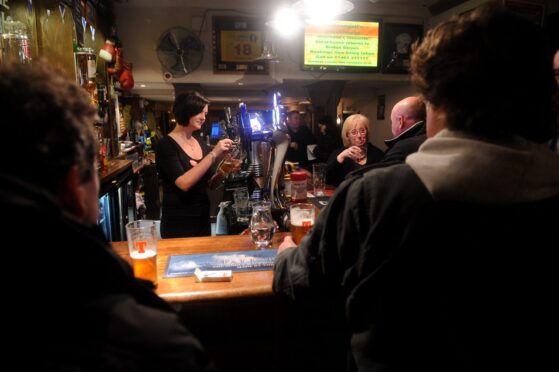
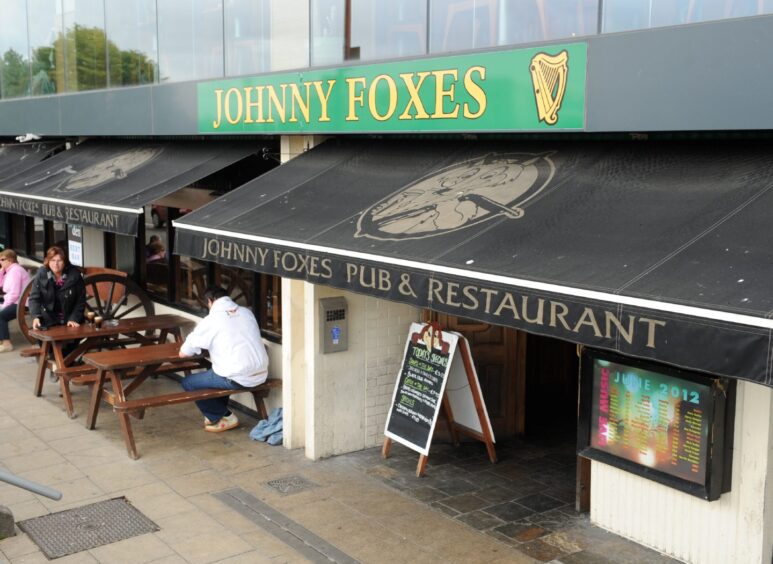
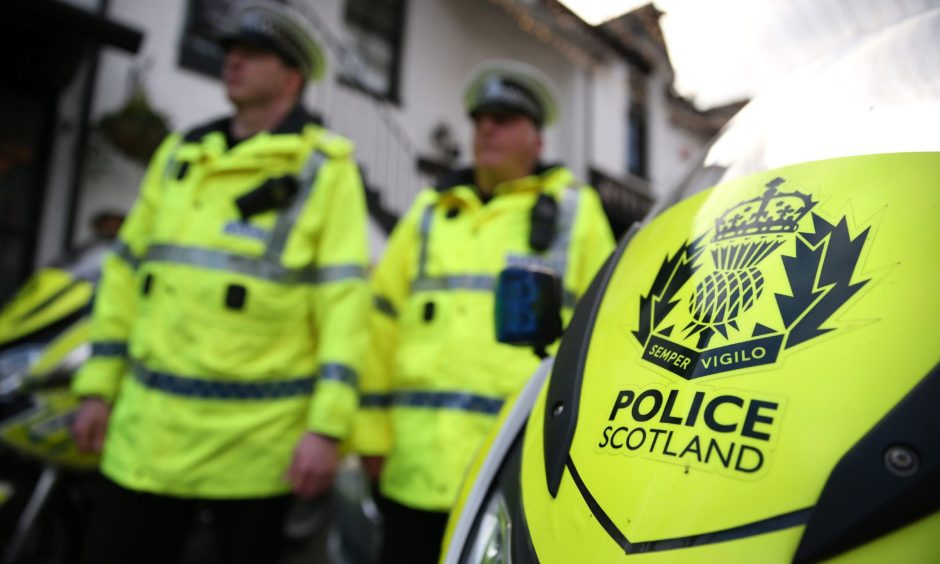
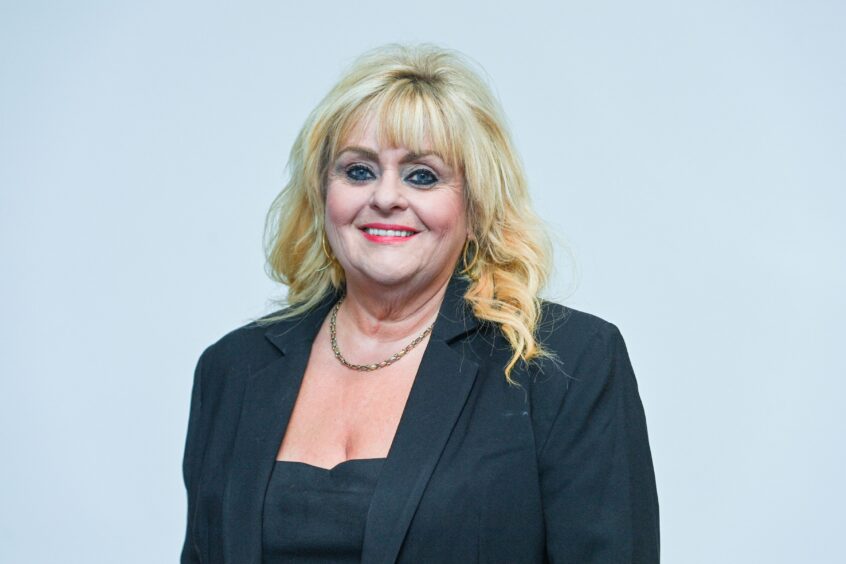
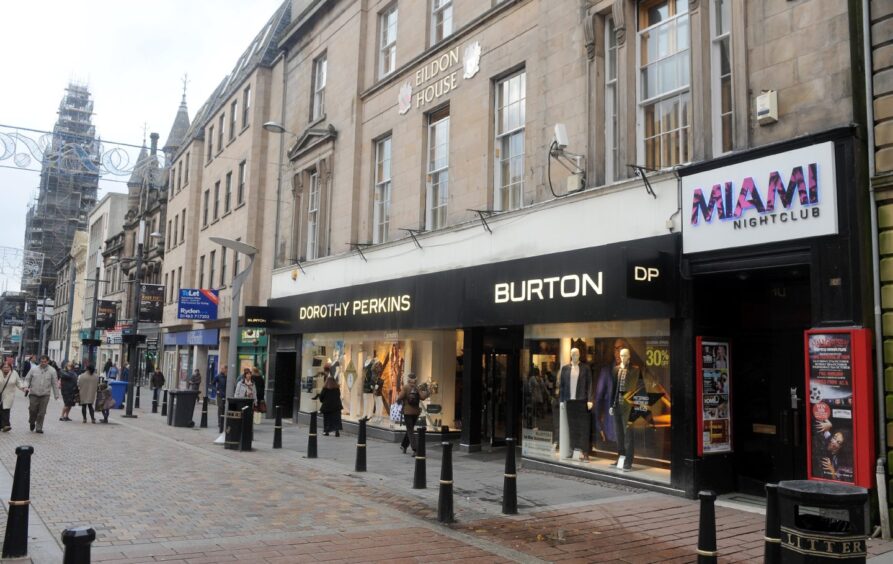
Conversation